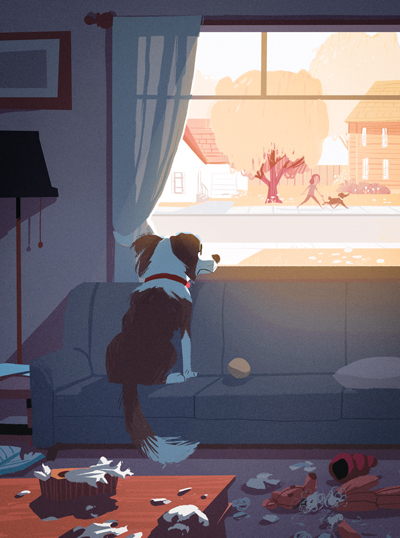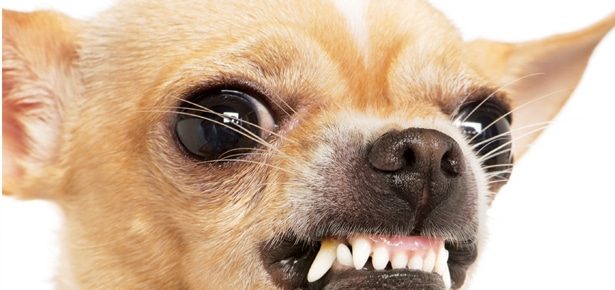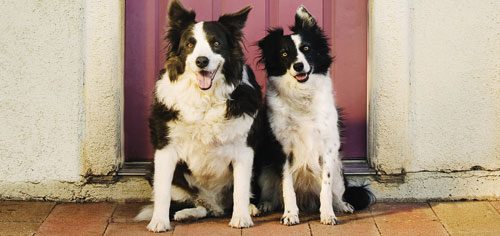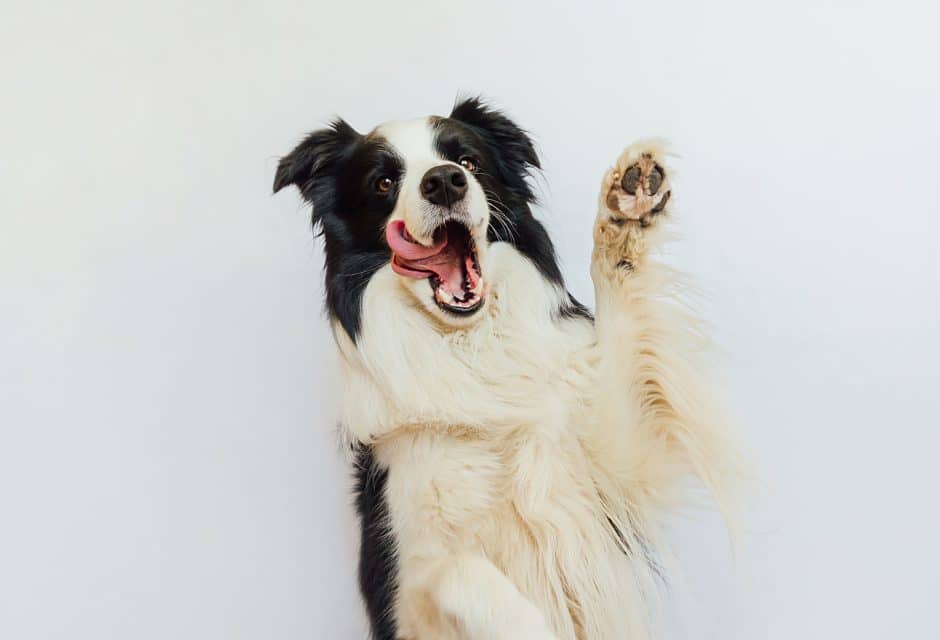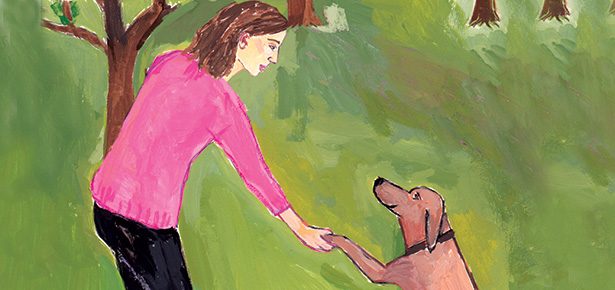
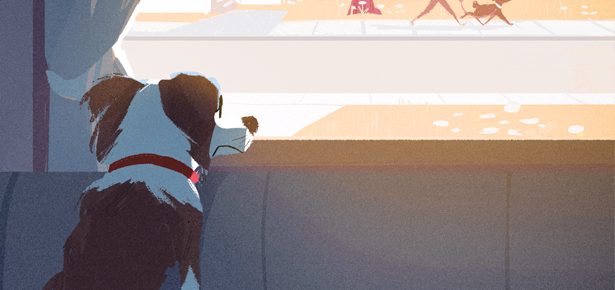
5 Ways to Prevent Separation Anxiety
Are you guilty of accidentally nurturing your dog’s separation anxiety?
Many of us unwittingly foster separation anxiety in our dogs. Here’s how you can modify your own behaviour to cultivate a healthy sense of security in your dog.
#1 Are You and Your Dog Joined at the Hip?
Letting your dog get used to 24/7 companionship is a disaster in the making. You may be available round the clock today, but circumstances can change unexpectedly. Help your dog become comfortable spending time alone before it is ever a necessity. My favourite first step for alone training is to cultivate a jaws-ercise addiction. When your dog salivates at the prospect of a long luscious date with a favourite food-stuffed chew toy as you prepare to leave the house, you’ll know you won’t be too desperately missed!
#2 Don't Smother Your Dog WIth Attention to Alleviate "Separation Guilt"
Lavishing your dog with continuous attention when together creates an unnecessarily BIG contrast effect when you are apart. The very behaviour that soothes your guilty conscience can hinder your dog’s healthy independence. Blur the difference between being home and away by making sure you aren’t always fawning over her, or always at her beck and call. A baby gate across the hallway while preparing a meal, or some time behind a closed door while online or buried in a good novel, will help reduce the contrast between your presence and your absence.
#3 Make Sure Your Dog Can Sleep Solo
While there is absolutely NOTHING wrong with sharing the sofa and bed with your fur-friend, making sure she can get some shut eye in a portable doggie den is not cruel—it is simply good planning. You never know when she will need to spend the night without you at another home, the veterinary clinic, or a boarding facility. Being accustomed to sleeping alone in a crate or ex-pen can prevent a night apart from being traumatic and triggering separation anxiety.
#4 Cultivate A Healthy Sense of Security and Stability in Your Dog
Dogs suffering from separation anxiety make better progress in their training programs when a “nothing in life is free” rule is invoked: the dog has to comply with a request before being granted something he wants. Learning that there are predictable ways of manipulating their environment, such as being picked up by sitting on command, or getting to eat supper by staying “off” the dish until invited to “take it” probably decreases anxiety by building confidence and reducing feelings of helplessness. Structure such as this breeds a sense of security and stability. Give your dog the psychological benefits of structure before an anxiety problem develops: ask her to do more than just lap up your affection—teach her constructive ways of manipulating the world around her.
#5 Provide Your Dog WIth Opportunities to Pursue Interests Other Than You
Healthy affection is but one of the ingredients to keeping your dog off Prozac. Like us, dogs need much more than love for emotional wellness. Enabling your dog to pursue interests other than you—interests that provide physical, social, and intellectual stimulation—will ensure that being needed, a naturally gratifying part of guardianship, isn’t what defines the relationship. Remember, cultivating confidence and independence in your dog so that she can enjoy time apart from you is a sure sign of healthy love.
For Modern Dog's top product picks that help soothe separation anxiety, click here!
Join the newsletter and never miss out on dog content again!
"*" indicates required fields
By clicking the arrow, you agree to our web Terms of Use and Privacy & Cookie Policy. Easy unsubscribe links are provided in every email.
